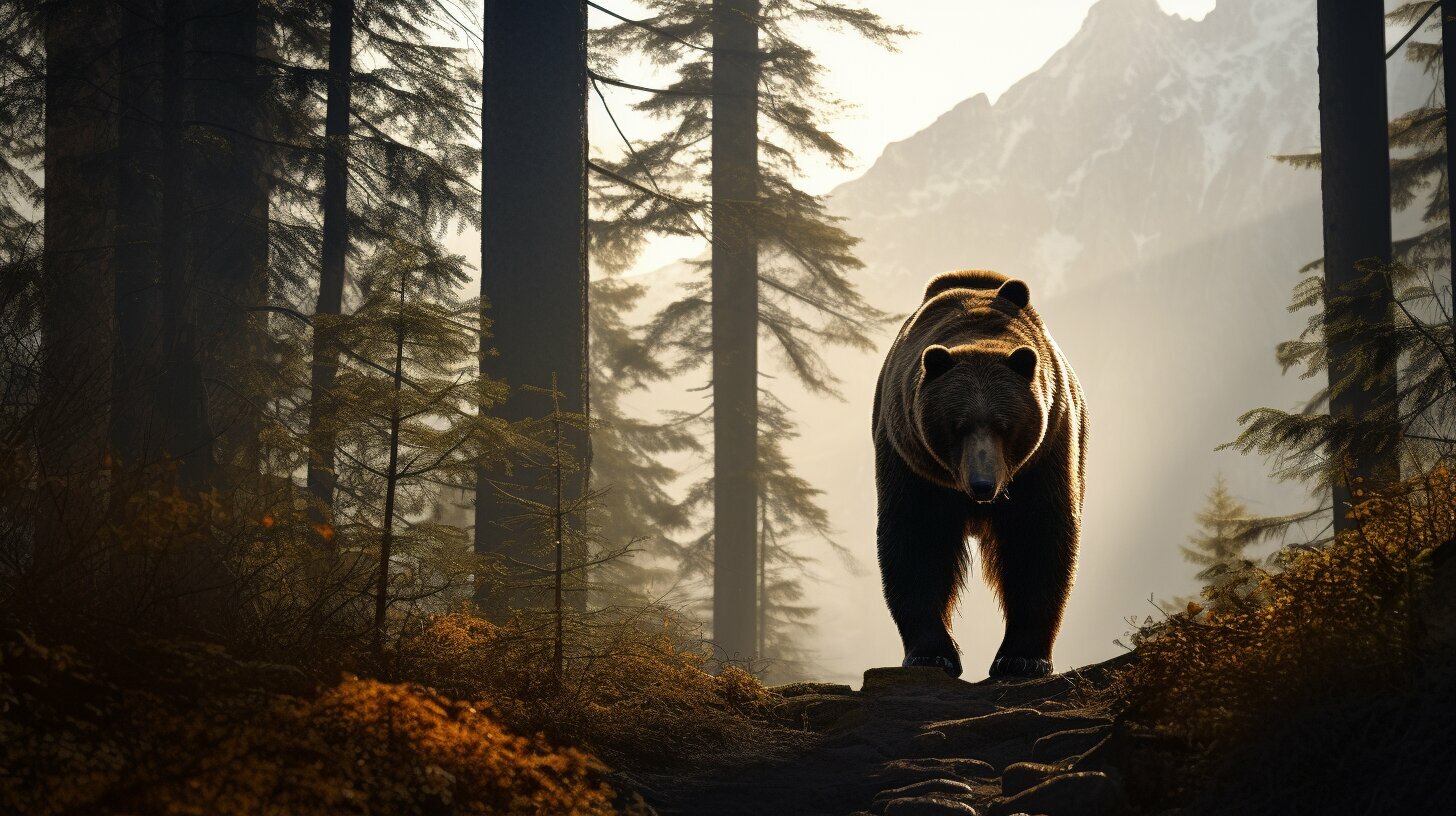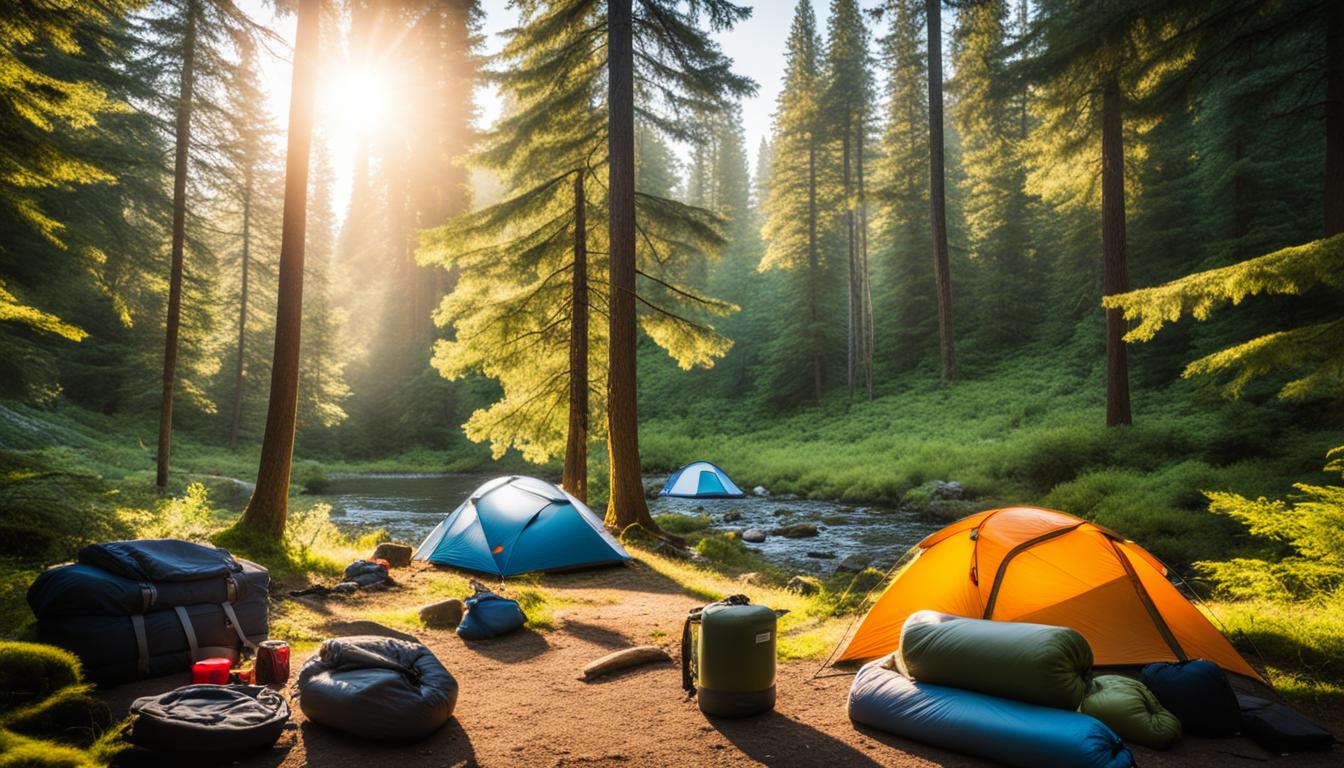When it comes to outdoor adventures in the United States, bear safety and avoidance should be a top priority. Whether you’re hiking, camping, or exploring nature, it’s essential to understand how to protect yourself from bear encounters. In this guide, we’ll cover essential techniques and tips for bear safety and avoidance, so you can enjoy your time in the wilderness while staying safe.
Key Takeaways
Disclosure: When you buy through links on our site, we may earn an affiliate commission.
- Understanding bear behavior and habitats can help you avoid encounters.
- Proper campsite selection and food storage are crucial for bear safety.
- Equipping yourself with the right gear and equipment can enhance your safety measures.
- Following hiking and trail etiquette can minimize the risk of bear encounters.
- Knowing what to do in a bear encounter is essential for your safety.
Understanding Bear Behavior
Before delving into specific bear safety precautions and strategies, it’s important to understand the behavior of bears. This knowledge can help you anticipate their presence and avoid potential encounters.
Bears are generally cautious and try to avoid humans, but they can become aggressive if they feel threatened, startled or if they’re protecting their cubs. The following are some bear awareness strategies to keep in mind when you’re in bear country:
- Be aware of your surroundings and look for signs of bear activity, such as tracks, scat, and claw marks on trees.
- Travel in groups, as bears are less likely to approach a larger group of people.
- Make noise to alert bears of your presence. Clap your hands, talk, sing or use a bear bell.
- Keep pets on a leash and under control at all times, as they can trigger a bear’s aggressive behavior.
- Keep children close and under constant supervision.
Remember, bears are wild animals, and it’s essential to respect their space and avoid any actions that could provoke a negative reaction. By being aware of bear behavior and following these bear awareness strategies, you can help prevent bear encounters and ensure the safety of both humans and bears.

Recognizing Bear Signs and Preferred Habitats
As you venture into bear country, it’s crucial to be able to recognize signs of their presence and their preferred habitats. Knowing these indications can help you avoid potential bear encounters and stay safe. Here are some bear safety guidelines to recognize bear signs:
Tracks and Scat
Bears leave a variety of tracks depending on their size and weight, but they usually have five toes and a distinct imprint. You can also recognize bear signs through their scat, which is usually cylindrical and contains undigested plant material.
Tree Markings
Bears leave markings on trees by scratching them with their claws or biting them. These marks are usually visible above the ground and can indicate the presence of a bear nearby.
Feeding and Mating Areas
Bears have specific feeding and mating areas that they frequent. These areas are often marked by signs of vegetation disturbance, like broken branches and flattened grass. Avoid camping or hiking near these areas.
Bear Safety Guidelines
Knowing the signs of bear presence is not enough. You should also take measures to avoid these areas altogether. When planning your outdoor activities, consult with park officials or rangers to determine areas with reported bear activity. Keep a safe distance from areas with recent bear sightings and feeding areas. Avoid hiking or camping alone, as bears are more likely to attack solitary individuals. Always carry bear spray and make sure it is accessible at all times.
By recognizing bear signs and their preferred habitat, you can take the necessary bear encounter prevention techniques to stay safe in bear country.

Campsite Selection and Food Storage
Proper campsite selection and food storage techniques are crucial for avoiding bear encounters while camping. Below are some essential bear safety techniques to follow:
- Choose a campsite at least 200 yards from any potential attractors, such as berry patches or game trails, and 100 yards from any water sources.
- Cook and eat at least 100 yards from your sleeping area.
- Store food, cooking utensils, and other attractants, such as toiletries and garbage, in bear-resistant containers or hang them at least 10 feet high and 4 feet from any tree trunk.
- Thoroughly clean and dispose of all food waste and trash away from your campsite.
By following these bear safety techniques, you can minimize the risk of bear encounters while camping. Remember, bears have an incredible sense of smell, and any food or attractants left unsecured can attract them to your campsite.

Must-Have Items for Bear Country
Equipping yourself with the right gear can greatly enhance your bear safety practices. Here are some essential items to consider:
- Bear spray: This is a must-have for any outdoor activity in bear country. Make sure to carry it in an easily accessible location and know how to use it properly in case of an emergency.
- Bear-resistant containers: These containers are designed to keep your food and other attractants away from bears. Invest in a high-quality container and store it at a safe distance from your campsite.
- Noise-making devices: Using bells or shouting can alert bears to your presence and reduce the risk of surprise encounters.
- Flashlight or headlamp: Good lighting can help you navigate dark trails and deter bears from approaching your campsite at night.
- Clothing and footwear: Wearing appropriate clothing and footwear can help you stay comfortable and minimize the risk of injury. Choose lightweight, breathable layers and sturdy, waterproof shoes.
Remember, while these items can be helpful, they are not a substitute for proper bear safety tips and techniques.
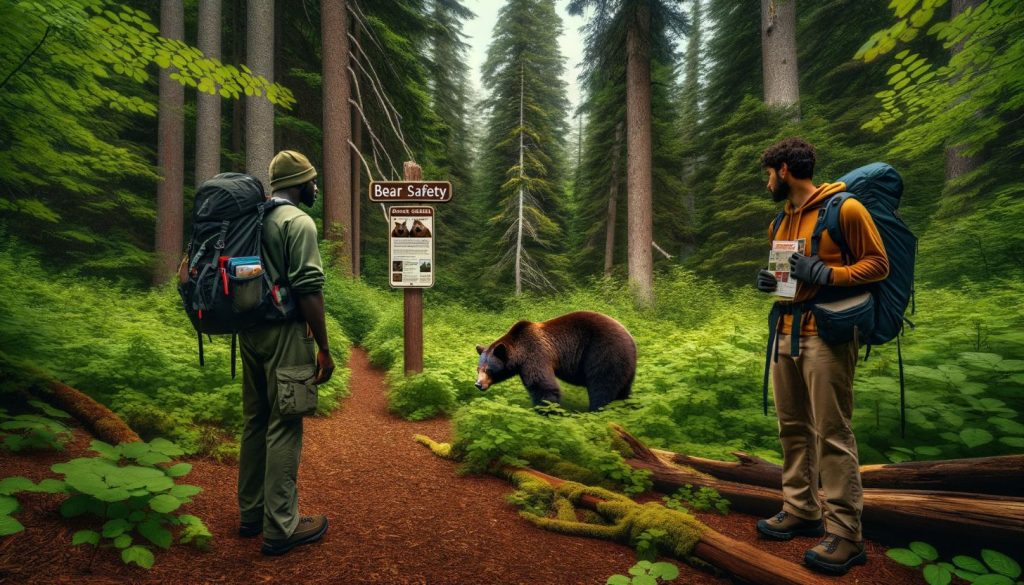
Hiking and Trail Etiquette
When hiking in bear country, it’s crucial to follow proper etiquette and take necessary precautions to avoid encounters. Here are some bear safety precautions and awareness strategies to keep in mind:
Making Noise
One of the simplest ways to avoid a bear encounter is to make noise while hiking. This alerts bears to your presence and gives them time to move away. You can do this by talking, singing, clapping your hands, or using bear bells. Make sure to make noise when hiking near blind corners, dense vegetation, or near streams where the sound of running water can mask your footsteps.
Traveling in Groups
When possible, try to hike with a group. Bears are less likely to approach a group of people than an individual. Make sure to stay close together and keep children close at all times. If you’re alone, be extra vigilant and follow all bear safety guidelines.
Staying Alert
Always be aware of your surroundings and watch for signs of bear activity, such as tracks, droppings, and scratches on trees. If you notice these signs, proceed with caution and make extra noise to alert bears to your presence. Also, keep an eye out for fresh animal carcasses, as bears may be scavenging in the area.
Trail Etiquette
When hiking in bear country, it’s important to respect their habitat and follow appropriate trail etiquette. Do not approach or feed bears, and keep a safe distance if you see one. Additionally, keep all food, trash, and scented items in bear-resistant containers or hung at least 10 feet off the ground and 4 feet away from trees or other objects. Finally, always yield to bears and other wildlife on the trail.

What to Do If You Encounter a Bear
Despite your best efforts to avoid bear encounters, there is still a chance you may come across one. In this section, we will provide you with step-by-step instructions on what to do if you encounter a bear. Follow these bear encounter prevention techniques and bear safety guidelines to ensure your safety.
If you see a bear but the bear doesn’t see you, slowly and quietly back away while keeping your eye on the bear. Do not turn your back on the bear. Move away from the area without running. Running may trigger a chase response.
If you see a bear and the bear sees you, let the bear know you are human by speaking in a calm, assertive voice. This will help the bear recognize you as a human and not as prey. Back away slowly, avoid direct eye contact, and do not turn your back or run. Running may trigger a chase response.
If a bear charges you, stand your ground and use your bear spray if you have it. Aim for the bear’s face. If the bear gets too close, drop to the ground on your stomach, clasp your hands behind your neck, and play dead. Spread your legs to make it harder for the bear to turn you over. Remain still and silent for at least 20 minutes after the bear leaves, as the bear may continue to monitor you.
If a bear makes contact with you, fight back with everything you have. Use any object at your disposal, such as rocks, sticks, or your fists. Aim for the bear’s face and nose. The bear may continue to attack, so keep fighting until the bear stops or until help arrives.
Remember, every bear encounter is unique, and there is no guaranteed way to predict a bear’s behavior. However, by following these bear encounter prevention techniques and bear safety guidelines, you can increase your chances of coming out of a bear encounter unscathed.
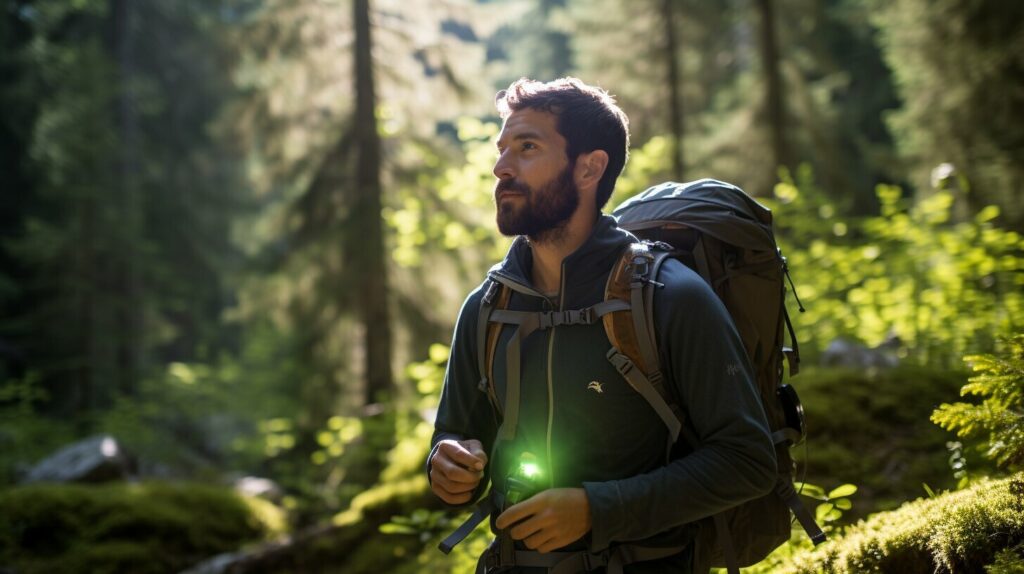
Enhancing Your Knowledge and Awareness
Educating yourself about bear safety goes a long way in preventing encounters and ensuring the safety of both humans and bears. Fortunately, there are several educational resources available to enhance your knowledge and awareness of bear safety practices and techniques.
Bear Safety Programs
Many national and state parks offer bear safety programs and workshops. These programs provide valuable insights into bear behavior, the best ways to prevent bear encounters, and how to react in case of a bear encounter.
Online Resources
Several online resources offer extensive information on bear safety. The National Park Service website provides comprehensive guidelines on bear safety practices and techniques. The International Association for Bear Research and Management also offers a wealth of information on bear safety, research, and management.
Books and Manuals
Several books and manuals are available on bear safety. These resources provide valuable information on bear behavior, safety practices, and techniques. Some recommended titles include “Bear Attacks: Their Causes and Avoidance” by Stephen Herrero and “How to Camp in Bear Country” by Michael J. Douglas.
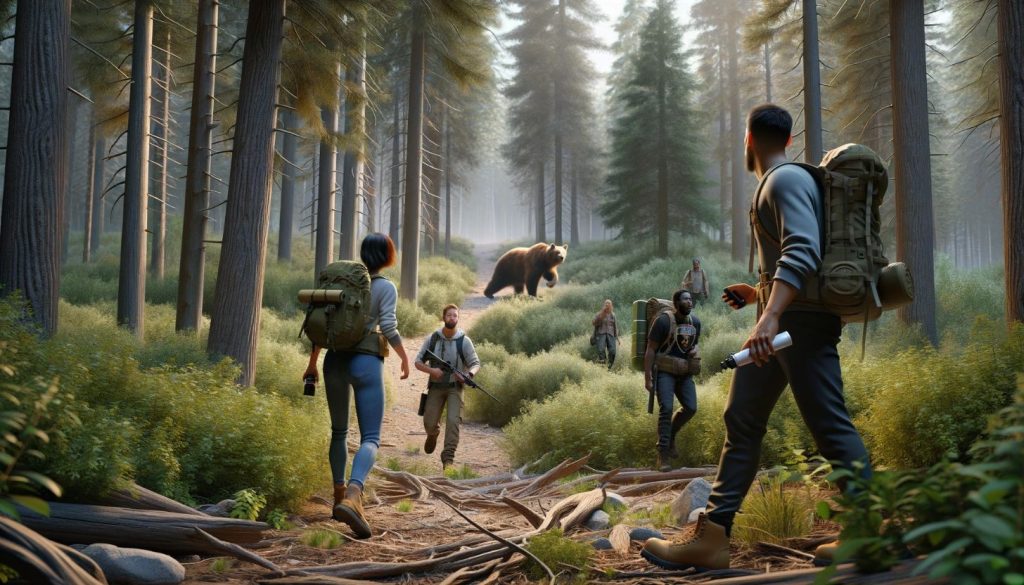
By educating yourself through these resources, you can enhance your knowledge and awareness of bear safety practices and techniques. Remember, bear safety is a shared responsibility, and it’s essential to respect their habitats and behaviors for both their well-being and ours.
Bear Encounters While Camping
Camping in bear country requires additional precautions and preparedness. Bears have a keen sense of smell and can be attracted by food, garbage, and even toiletries. To minimize the risk of a bear encounter while camping, follow these bear safety tips:
- Choose a campsite at least 100 yards away from bear habitat or any bear signs, such as tracks or scat.
- Keep a clean campsite by properly disposing of all garbage and food waste in bear-resistant containers. Don’t burn or bury food waste as it will still attract bears.
- Use bear-resistant containers for all food, cooking utensils, and toiletries. Keep them stored at least 100 yards away from your sleeping area.
- Avoid cooking in your sleeping area, as the scent can attract bears. Instead, use designated cooking areas if available.
- Never keep food or any scented items in your tent, including toiletries, deodorant, and sunscreen. Hang a bear bag from a tree or use bear-resistant containers instead.
- Don’t sleep in the same clothes you cooked or ate in – change into something clean before going to bed. This will minimize the scent and reduce the risk of a bear encounter during the night.
- Keep pets on a leash and in your immediate control at all times. Don’t allow them to roam free, as they can attract bears.
- Make noise while hiking and around your campsite to alert bears of your presence. Bears are less likely to approach if they know humans are nearby.
- Carry bear spray and know how to use it in case of a bear encounter.
- Never run from a bear, as it can trigger a predatory response. Instead, back away slowly and keep your eyes on the bear. If it approaches you, yell and use your bear spray to deter it.
By following these bear safety tips while camping, you can reduce the risk of a bear encounter and ensure a safe and enjoyable outdoor experience.

Staying Safe in Bear Country
If you’re planning to hike or camp in bear country, it’s important to be aware that bear behavior varies across different regions of the United States. Here are some strategies to help you stay safe during bear encounters:
Grizzly Bears in the Rocky Mountains
If you’re in the Rocky Mountains, you may encounter grizzly bears. These bears are more aggressive than black bears, so it’s important to know how to react if you come across one. Carry bear spray at all times and make noise to alert bears of your presence. If a grizzly bear charges, use your bear spray and drop to the ground, lying flat on your stomach with your hands clasped behind your neck.
Black Bears in the Eastern United States
If you’re in the Eastern United States, you’ll likely encounter black bears. These bears are typically less aggressive than grizzlies, but it’s still essential to take precautions. Make noise to alert bears of your presence and carry bear spray. If a black bear charges, stand your ground and use your bear spray if necessary.
Polar Bears in Alaska
In Alaska, you may come across polar bears, which are dangerous predators. Avoid traveling alone in polar bear country and carry a gun or other deterrent. If a polar bear charges, try to make yourself look bigger by raising your arms and stay quiet until the bear leaves.
Brown Bears in Coastal Alaska
Coastal Alaska is home to brown bears, also known as grizzlies. These bears are typically larger than their counterparts in the Rocky Mountains and can be more aggressive, so it’s crucial to take precautions. Carry bear spray at all times and make noise to alert bears of your presence. If a brown bear charges, use your bear spray and drop to the ground, lying flat on your stomach with your hands clasped behind your neck.

Remember, bear safety is essential no matter where you’re hiking or camping. By following these strategies and taking appropriate precautions, you can reduce the risk of bear encounters and stay safe during your outdoor adventures.
Tips for Bear Safety with Pets
If you’re adventuring in bear country with your pets, it’s crucial to take extra precautions to ensure their safety as well. Here are some tips for bear safety with pets:
- Always keep your pets on a leash and within sight. This will prevent them from wandering off and potentially encountering a bear.
- Carry bear spray with you at all times and know how to use it. In case of a bear encounter, keep your pet close to you and use the spray as a deterrent.
- When camping with your pet, keep them close to you at night and secure their food with bear-resistant containers or hang it at least 10 feet off the ground and 10 feet away from the trunk of the tree.
- Be aware of your pets’ behavior. If they start barking or acting agitated, it may be a sign that a bear is nearby.
- Never let your pet approach a bear or any other wild animal. This could provoke an attack and put both your pet and yourself in danger.
By following these guidelines, you can help ensure the safety of your pets and minimize the risk of bear encounters.
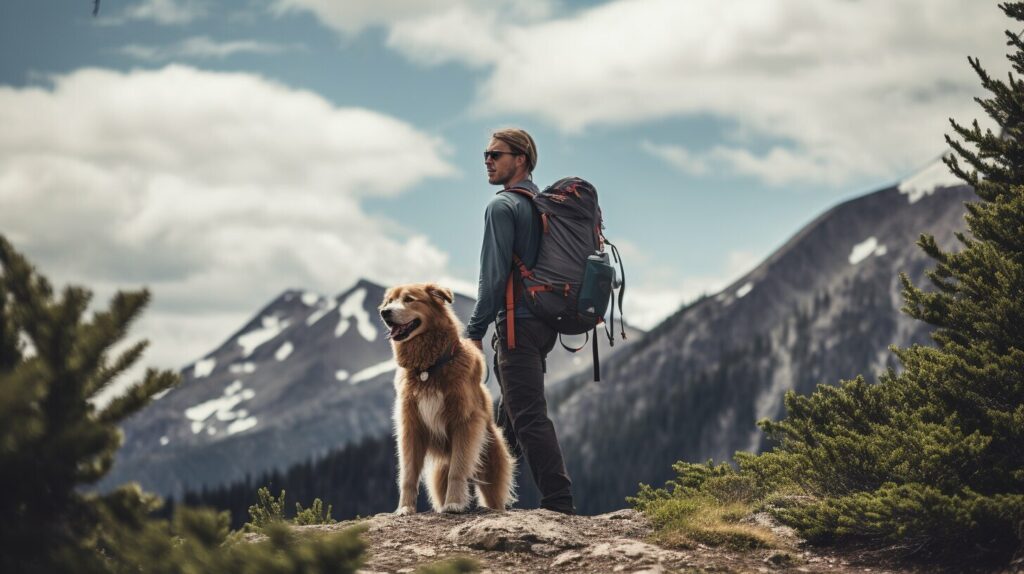
Now that you know how to keep your pets safe in bear country, it’s time to hit the trails. But always remember to stay alert and practice good bear safety techniques to ensure a safe and enjoyable outdoor adventure.
Conclusion
By following the essential techniques and tips outlined in this comprehensive guide, you can significantly reduce the risk of bear encounters and ensure your safety during outdoor adventures in the United States. Remember, bear safety is a shared responsibility, and it’s crucial to respect their habitats and behaviors for both their well-being and ours.
Stay informed and prepared before entering bear country. Learn about the regional bear species and the environment you will be exploring. Familiarize yourself with bear signs and habitat to better avoid potential encounters. Be sure to choose a safe campsite away from bear habitats and properly store your food to avoid attracting bears.
Equipping yourself with the right safety gear and practicing proper hiking and camping etiquette can also significantly reduce your risk of bear encounters. Always carry bear spray and other recommended safety equipment to protect yourself and other members of your group.
Remember that bear encounters can happen, and it’s essential to know how to react in such situations. Follow the guidelines provided in this guide, and always stay calm and alert.
Lastly, we urge you to educate yourself about bear safety by attending workshops and programs and reading online resources. Spread the word about bear safety and help ensure the safety of both humans and bears.
FAQ
What are some essential bear safety tips?
Some essential bear safety tips include making noise while hiking, carrying bear spray, properly storing food, and avoiding surprise encounters.
How can I recognize signs of bear presence?
Signs of bear presence include tracks, droppings, and markings on trees. Being able to identify these signs can help you be aware of their presence and take necessary precautions.
What should I consider when selecting a campsite in bear country?
When selecting a campsite in bear country, it’s important to choose a location that is away from bear habitats and potential attractors, such as food sources. Additionally, considering factors like visibility and accessibility can contribute to a safer campsite.
What gear should I have for bear safety?
Essential gear for bear safety includes bear spray, noise-making devices, and bear-resistant containers for food storage. These items can help deter bears and minimize the risk of encounters.
What should I do if I encounter a bear?
If you encounter a bear, it’s important to stay calm and avoid direct eye contact. Back away slowly, giving the bear space, and speak calmly to let the bear know you are human. Do not run or turn your back on the bear.
Where can I find educational resources for bear safety?
There are various educational resources available for bear safety, including bear safety programs, workshops, and online resources. These resources can provide valuable information and tips for preventing bear encounters.
How can I ensure the safety of my pets in bear country?
To ensure the safety of your pets in bear country, it’s important to keep them on a leash, carry bear spray, and be mindful of their presence. Additionally, proper camping practices, such as storing pet food securely, can help minimize the risk of bear encounters.
What are some bear safety strategies for different regions?
Bear safety strategies may vary depending on the region you visit within the United States. Researching the specific types of bears found in the area and understanding their behaviors can help you employ appropriate safety measures.

